Sculptural 'Napkin' Lamps: The Organic Lighting Trend Reshaping Interior Design
Table Of Contents
- What Are Sculptural 'Napkin' Lamps?
- The Rise of Organic Lighting Design
- Key Characteristics of Napkin Lamps
- Materials and Fabrication
- Integrating Napkin Lamps into Your Home
- Styling Tips from Design Experts
- Affordable Alternatives to Designer Pieces
- Sustainability and Longevity
- Conclusion
Interior lighting has evolved far beyond its functional origins to become one of the most expressive elements of home design. As we look toward 2026, one lighting trend is emerging as a true standout: sculptural 'napkin' lamps. These artistic lighting fixtures, characterized by their organic, draped forms resembling delicately arranged fabric, are transforming ordinary spaces into galleries of light and shadow.
This distinctive lighting style marries art with functionality, bringing a sense of movement and softness to interiors that have increasingly embraced clean lines and minimalist aesthetics. For Singapore homeowners looking to stay ahead of design trends without breaking the bank, understanding this emerging lighting movement offers an opportunity to elevate your space with a touch of designer inspiration.
In this comprehensive guide, we'll explore the origins of the napkin lamp trend, its defining characteristics, and practical ways to incorporate these statement pieces into your home, regardless of your budget or existing décor style.
What Are Sculptural 'Napkin' Lamps?
Sculptural 'napkin' lamps represent a design movement characterized by lighting fixtures that appear as if fabric has been frozen in motion. The name derives from their resemblance to napkins draped or tossed into artistic arrangements, capturing a moment of beautiful randomness in a permanent form. Unlike traditional lampshades with rigid, symmetrical structures, napkin lamps celebrate asymmetry, fluidity, and organic shapes.
These fixtures often feature undulating forms, gentle folds, and flowing contours that create fascinating interplays of light and shadow. The diffused illumination they produce is often described as ethereal or dreamy, adding a layer of sophistication to interior spaces that standard lighting simply cannot achieve.
The essence of napkin lighting lies in its ability to be simultaneously sculptural art and functional lighting—transforming from an intriguing object during daylight hours to a mesmerizing light source after dark.
The Rise of Organic Lighting Design
The emergence of sculptural napkin lamps didn't happen overnight. This trend represents the culmination of several design movements converging in the post-pandemic design landscape. As people spent unprecedented time in their homes, appreciation for objects that bring warmth, comfort, and artistic expression has surged.
The trend has roots in several design influences:
Scandinavian design principles emphasizing soft minimalism, natural materials, and diffused lighting have laid groundwork for the acceptance of more experimental lamp forms. Japanese washi paper lanterns with their gentle light diffusion techniques have inspired many contemporary napkin-style designs. High-fashion fabric manipulation techniques from couture clothing design have migrated into home goods, bringing sophisticated draping methods to lighting.
What began with high-end designers like Ingo Maurer and his crumpled paper creations has evolved into a broader movement embraced by mid-market designers and manufacturers. The popularity of these lamps accelerated as social media platforms showcased their photogenic quality, with their interesting shadows and forms creating instantly shareable content for design enthusiasts.
Key Characteristics of Napkin Lamps
Identifying authentic napkin-style lighting involves looking for several distinguishing features that set them apart from other decorative lamps:
Organic, Non-Uniform Shapes
True to their name, napkin lamps reject symmetry and perfect geometric forms. Each piece appears unique, as if naturally formed rather than manufactured. The irregular silhouettes create visual interest from every angle, making these lamps true 360-degree design elements.
Translucent Materials
Material translucency is essential to the napkin lamp aesthetic. The fabric, paper, or synthetic materials must allow light to penetrate while maintaining their sculptural integrity. This careful balance creates the characteristic glow that makes these lamps so captivating, especially in dimmer settings.
Dramatic Light and Shadow Play
Perhaps the most defining feature of napkin lamps is their ability to cast interesting shadows and create atmospheric lighting effects. The folds and curves in the material filter light in varying intensities, projecting patterns onto surrounding surfaces and creating multi-dimensional lighting experiences.
Appearance of Weightlessness
Despite being solid objects, well-designed napkin lamps project a sense of lightness and weightlessness. They often appear to float or billow, defying gravity in a way that creates visual poetry within a space. This ethereal quality distinguishes them from heavier, more traditional lighting fixtures.
Materials and Fabrication
The unique aesthetic of napkin lamps relies heavily on innovative materials and fabrication techniques. Understanding these elements can help you better appreciate the craftsmanship behind these pieces and make informed purchasing decisions.
Common Materials
While traditional lamp shades typically use stiff materials like parchment or lined fabrics, napkin lamps employ materials specifically chosen for their draping properties:
Tyvek and other synthetic papers offer durability while maintaining the ability to be manipulated into organic forms. Heat-set polyester and specialty fabrics treated to hold shapes after molding provide greater design flexibility. Silicone-infused textiles combine fabric's soft appearance with silicone's ability to maintain sculptural forms. Resin-treated natural materials like cotton, linen, or even plant fibers create eco-friendly options with organic textures.
Higher-end napkin lamps might feature proprietary materials developed specifically for lighting applications, balancing light transmission, durability, and fire safety.
Fabrication Processes
The manufacturing of sculptural napkin lamps often involves specialized techniques:
Many designs begin with hand-draping processes where artisans arrange materials over forms to achieve unique configurations. Heat-setting techniques permanently fix fabric in draped positions after manual shaping. Some manufacturers use molds with vacuum-forming to create consistent, reproducible shapes while maintaining an organic appearance. Digital fabrication has also entered the field, with computer-designed forms being translated into physical shapes through advanced manufacturing techniques.
These production methods result in pieces that appear spontaneously formed yet are engineered for stability and safety—a crucial consideration for lighting fixtures.
Integrating Napkin Lamps into Your Home
While sculptural lighting makes a strong design statement, incorporating these pieces into your existing décor requires thoughtful consideration. Here's how to successfully integrate napkin lamps into different rooms and design styles:
Living Room Applications
In living spaces, napkin lamps work beautifully as conversation-starting focal points. A floor-standing napkin lamp can anchor a seating arrangement, adding height variation and visual interest to the room. Table versions create intimate lighting zones when placed on side tables or consoles.
For maximum impact in contemporary Singapore apartments, consider placing these lamps where they're visible from multiple angles—perhaps in open-concept spaces between living and dining areas. The sculptural lamps will create a natural transition between functional zones while maintaining design continuity.
Bedroom Serenity
The gentle, diffused light of napkin lamps makes them ideal for bedrooms, where harsh lighting can disrupt relaxation. Bedside napkin lamps create a softer alternative to traditional reading lights while adding artistic value to the space.
For master bedrooms, consider larger statement pieces that complement the scale of your bed frame. In guest rooms or smaller bedrooms, wall-mounted napkin sconces can provide ambiance without consuming valuable surface space.
Dining Area Drama
The dining area offers perhaps the most dramatic opportunity for napkin lighting installation. Suspended above a dining table, these fixtures become centerpieces that transform everyday meals into special occasions.
When selecting napkin pendants for dining areas, consider the scale of your table—larger tables can support more substantial fixtures, while smaller tables pair well with more delicate designs. The height of installation is also crucial; aim for approximately 75-90cm above the table surface for ideal light distribution without obstructing diners' views of each other.
Complementing Different Design Styles
One of the most versatile aspects of napkin lamps is their ability to integrate with various interior styles:
In minimalist spaces, napkin lamps add an organic counterpoint to clean lines and sparse furnishings. They bring sculptural interest without cluttering the visual field. For Scandinavian interiors, white or neutral-toned napkin lamps enhance the bright, airy quality while adding textural depth. In contemporary settings, bold napkin lamps in contrasting colors can create dramatic focal points that energize the space.
Even traditionally styled homes can incorporate napkin lighting through more subdued versions that reference classical draping seen in fine art and architecture. The key is selecting pieces that maintain a dialogue with your existing home décor while introducing a fresh design element.
Styling Tips from Design Experts
Interior designers working with sculptural lighting offer several professional insights for maximizing the impact of napkin lamps:
Creating Balance
Because napkin lamps make strong visual statements, they work best when given room to breathe. Avoid crowding these fixtures with too many other decorative objects. Instead, create visual breathing space around them to appreciate their forms fully.
In rooms with multiple design elements, consider napkin lamps as artistic anchors that can unify the space. Their organic shapes can soften rooms that might otherwise feel too angular or rigid, especially in modern Singapore apartments with contemporary architecture.
Lighting Considerations
The bulb selection for napkin lamps significantly impacts both their appearance and functionality:
Warm-toned LED bulbs (2700-3000K) enhance the cozy, inviting quality of napkin lamps. Dimmable options allow flexibility to adjust the mood from practical illumination to ambient glow. Consider the wattage carefully—too bright, and you'll lose the subtle shadow play; too dim, and the lamp becomes purely decorative.
For optimal effect, many designers recommend pairing napkin statement lamps with secondary, more directional lighting sources to create layered lighting schemes that serve both aesthetic and functional needs.
Affordable Alternatives to Designer Pieces
While originating in high-end design, the napkin lamp aesthetic has become more accessible across price points. For Singapore homeowners looking to embrace this trend without premium price tags, several approaches offer satisfying results:
Mid-Market Options
Several furniture retailers now offer interpretations of napkin lighting at more approachable price points. Loft Home Furniture, with its direct-to-consumer model, provides designer-inspired lighting options that capture the essence of this trend while eliminating unnecessary markup costs.
Look for pieces that maintain the key characteristics—organic form, translucency, and interesting light diffusion—even if they use simpler construction methods than high-end versions. The visual impact can be remarkably similar, especially to untrained eyes.
DIY Possibilities
For creative homeowners, DIY approaches can yield personalized napkin-inspired lighting:
Simple techniques using heat-moldable fabrics can create custom lampshades with organic draping effects. Paper-based approaches using special translucent papers can achieve similar effects at minimal cost. Various online tutorials demonstrate methods for creating sculptural shades using readily available materials.
While DIY versions may not perfectly replicate designer pieces, they offer the opportunity for customization in size, color, and form to match your specific space.
Sustainability and Longevity
As with any design trend, considerations of sustainability and longevity are increasingly important to conscious consumers:
Environmental Considerations
When selecting napkin lamps, consider manufacturers who prioritize sustainable materials and production processes. Some companies have developed biodegradable polymers or use recycled materials to create their sculptural forms. Energy-efficient LED compatibility ensures these statement pieces don't come with high energy costs.
Timeless Appeal
While trendy in their current popularity, the best napkin lamps have qualities that transcend passing fads:
Their connection to natural forms gives them a timeless quality that remains relevant across changing design cycles. Selecting pieces with subtle, versatile colorways increases their adaptability as your interior evolves. High-quality construction ensures these investment pieces can remain in your collection for years, potentially becoming tomorrow's design classics.
For those concerned about trend longevity, consider napkin lamps in neutral tones or smaller applications that can be more easily integrated into evolving décor schemes over time.
Conclusion
Sculptural napkin lamps represent more than just a fleeting lighting trend; they embody a shift toward more expressive, artistic elements in home design. As we move toward 2026, these organic lighting forms continue to gain momentum, offering homeowners an accessible way to incorporate high-design concepts into everyday spaces.
What makes these fixtures particularly compelling is their dual nature—functioning both as practical light sources and as sculptural art pieces that transform spaces even when unlit. Their ability to create atmosphere through their form and light quality elevates rooms beyond mere functionality into experiences that engage the senses and spark conversation.
For Singapore homeowners looking to stay ahead of design trends while making smart investment choices, napkin lamps offer a sweet spot between timeless appeal and contemporary relevance. Whether you choose a statement pendant for your dining area, an artistic table lamp for your living room, or subtle wall sconces for your bedroom, these fixtures bring a touch of poetry to interior spaces that mass-produced lighting simply cannot match.
By understanding the principles behind this trend, you can make informed choices that align with both your aesthetic preferences and practical needs, creating spaces that feel both current and timelessly elegant.
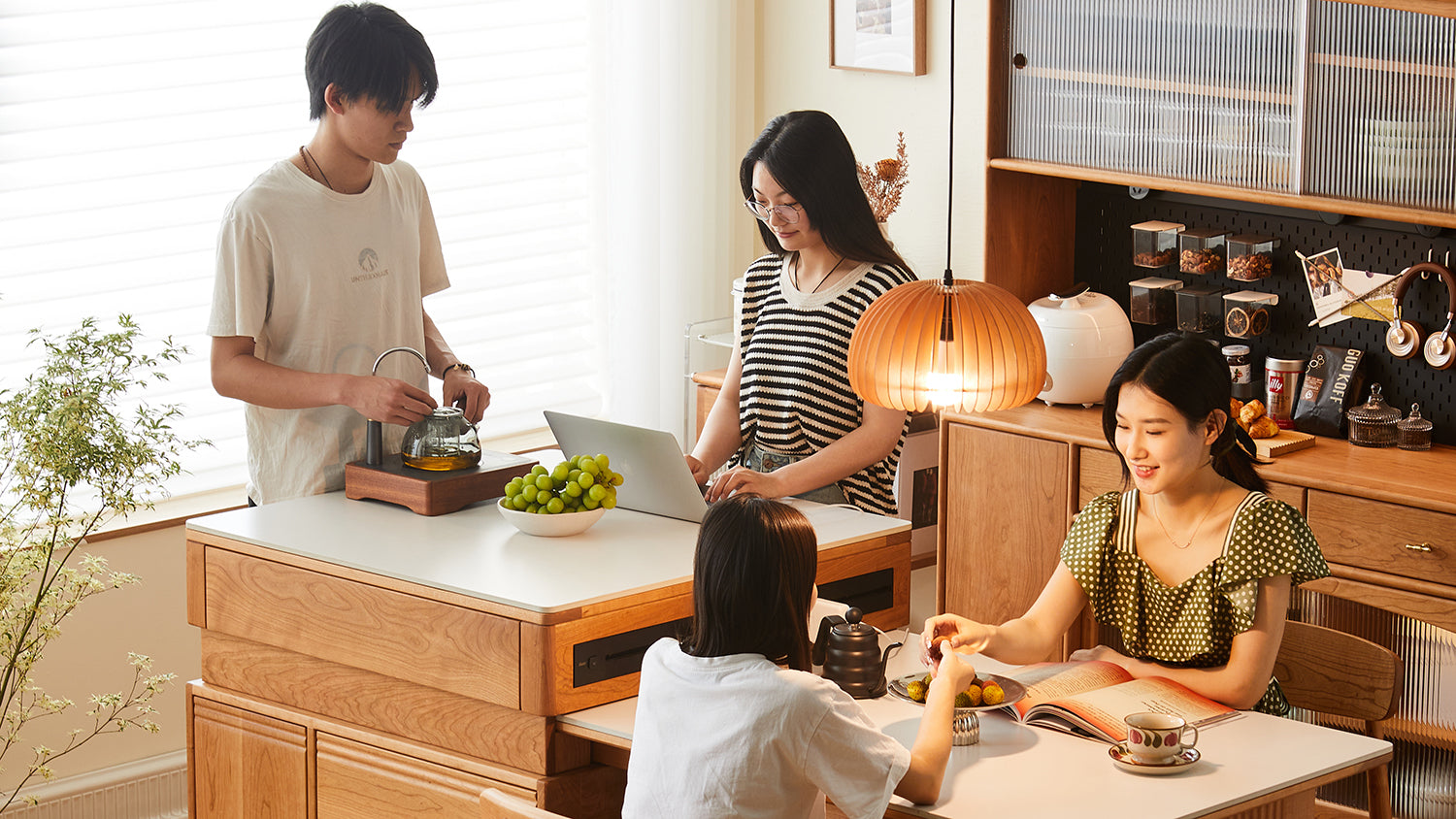

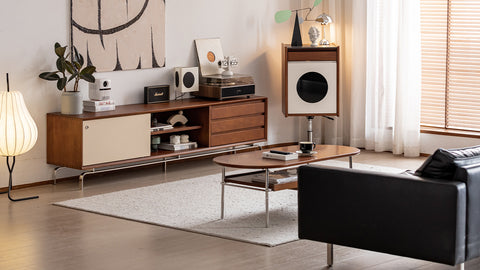
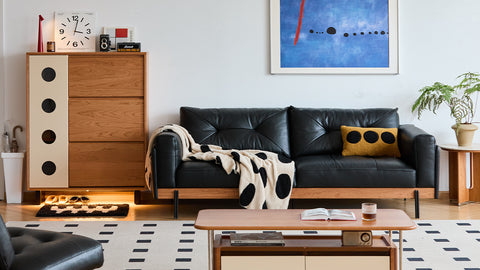
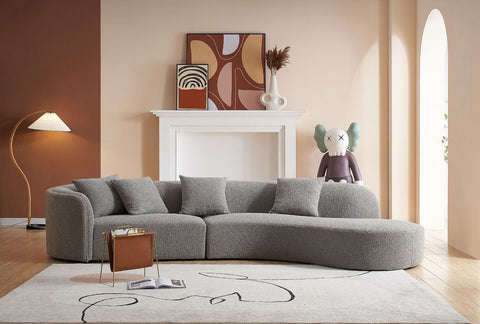
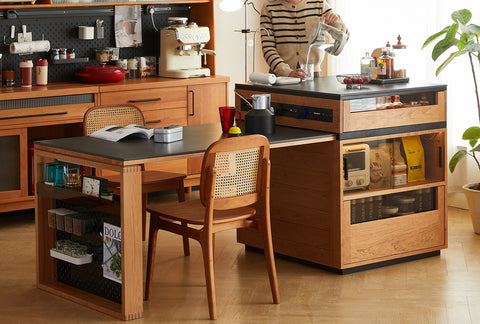
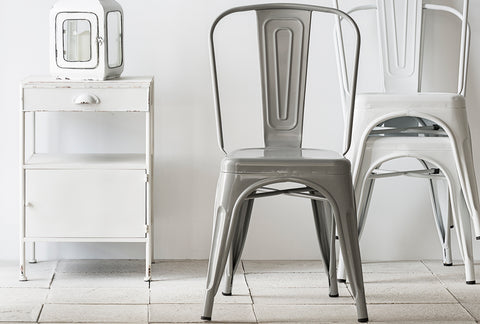
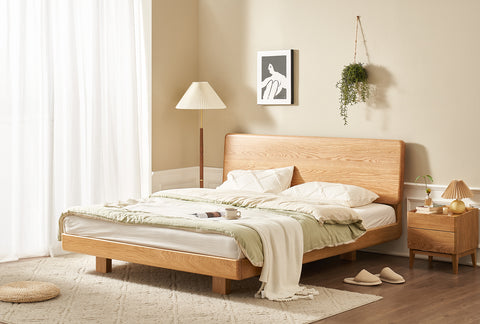
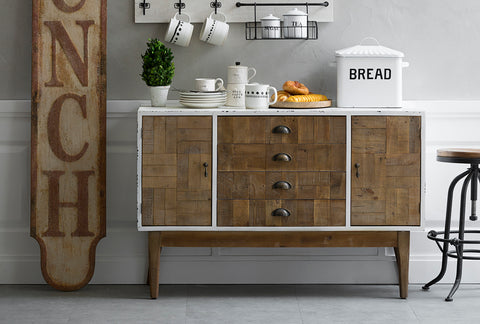




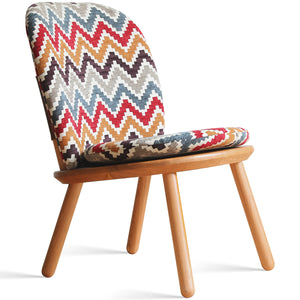
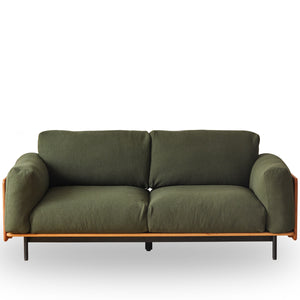

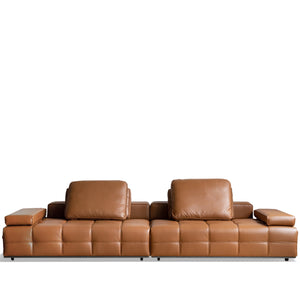
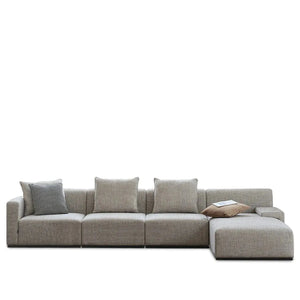
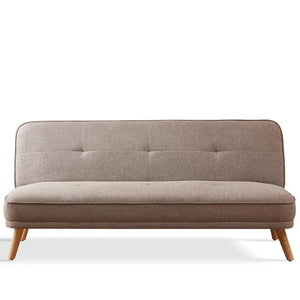
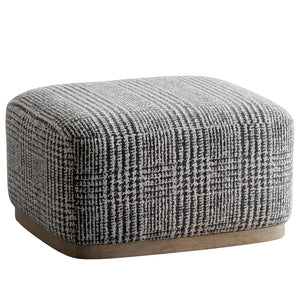
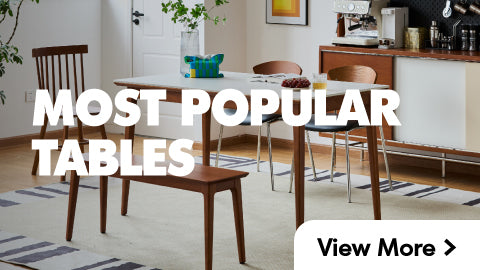
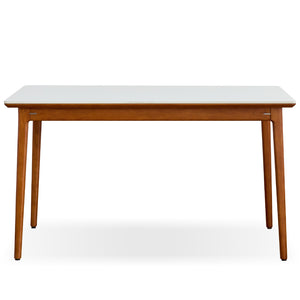

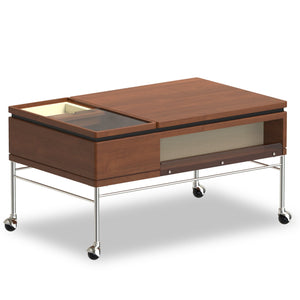
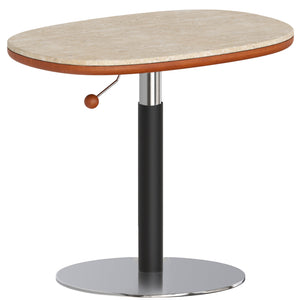
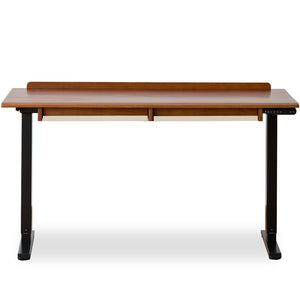


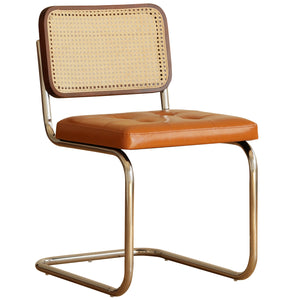
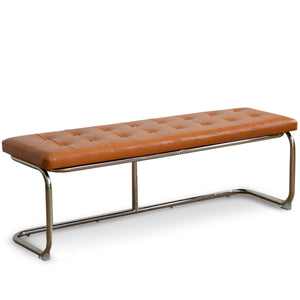
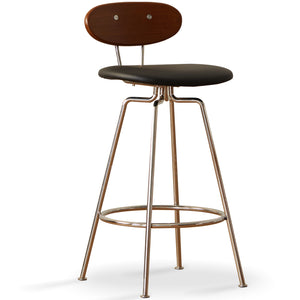
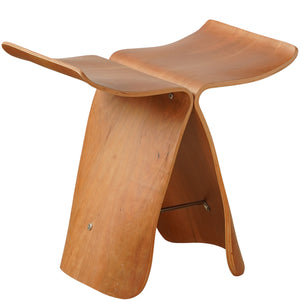
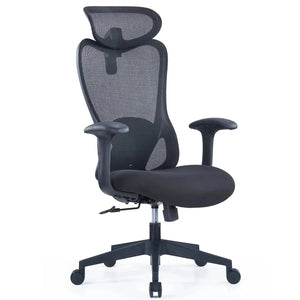

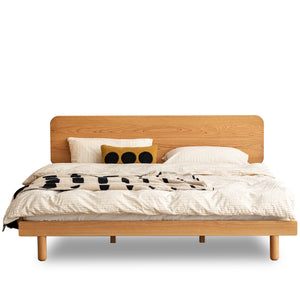


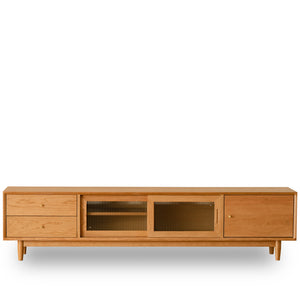
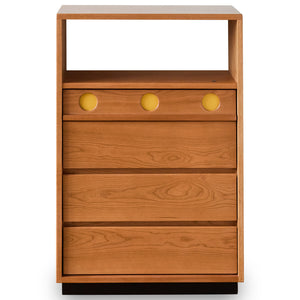
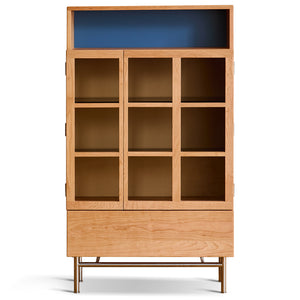

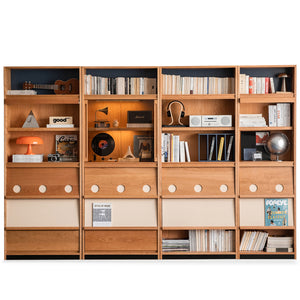


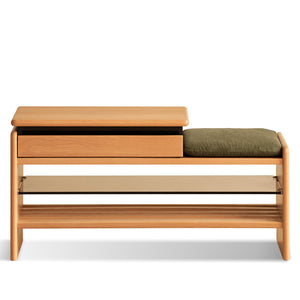
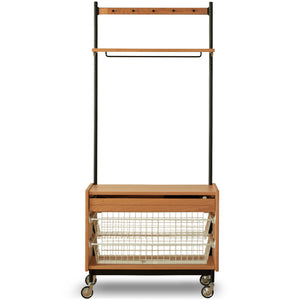
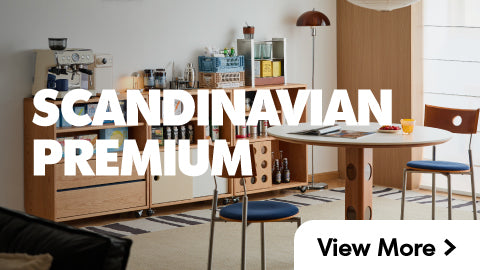





















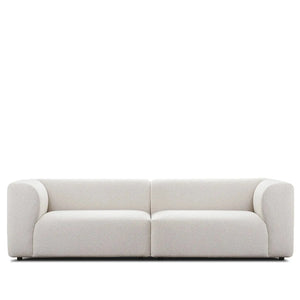





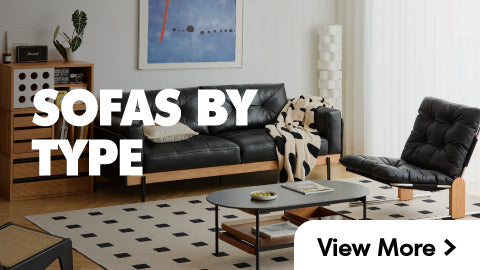
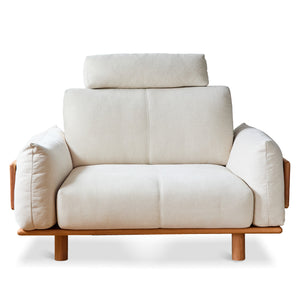
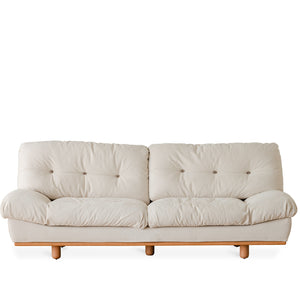
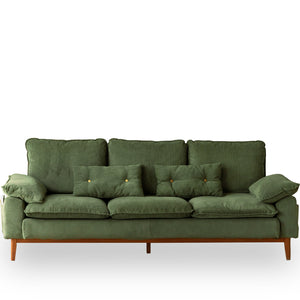
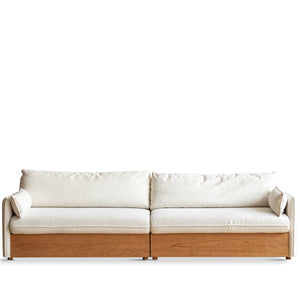
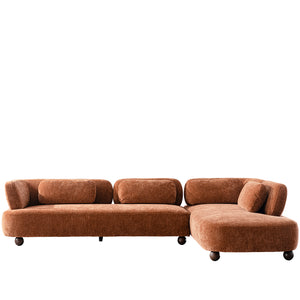
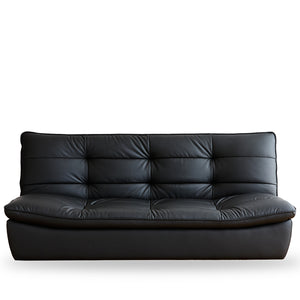


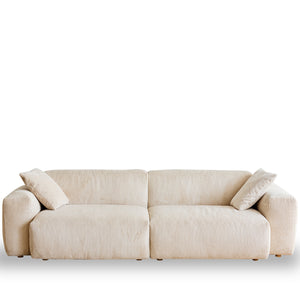

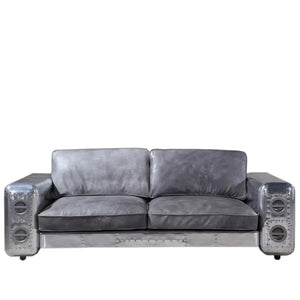
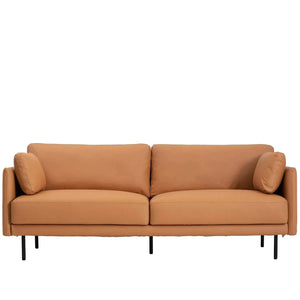
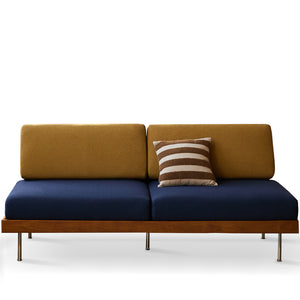



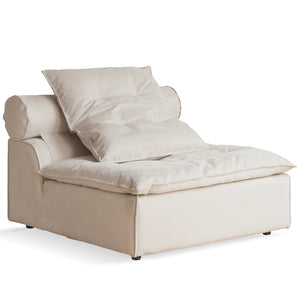
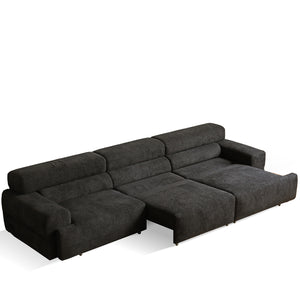
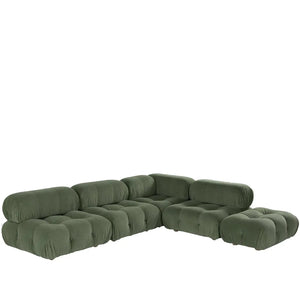
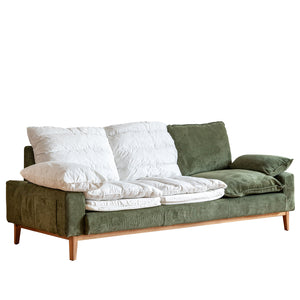
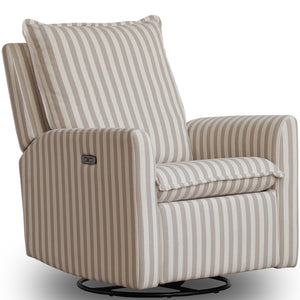

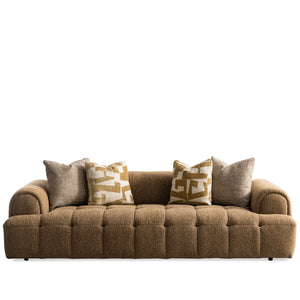
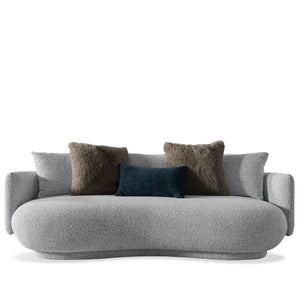

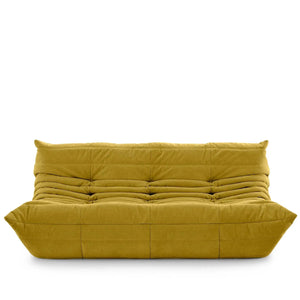
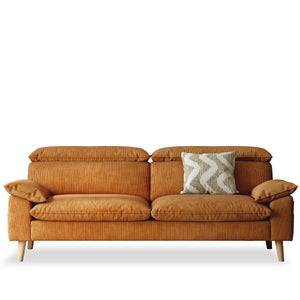
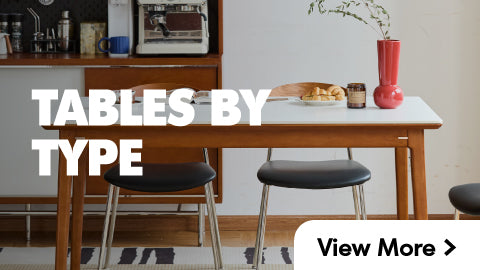

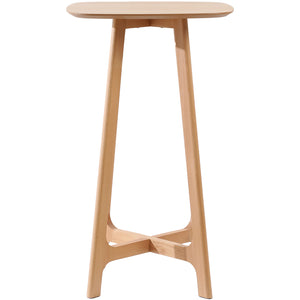
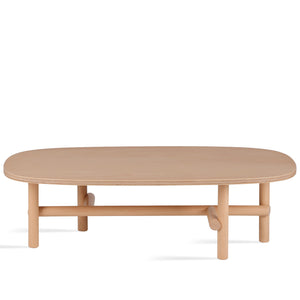
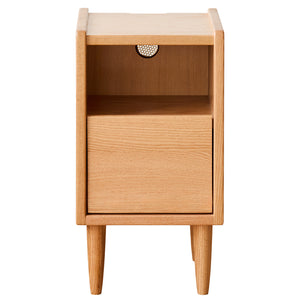
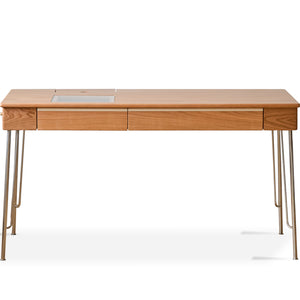
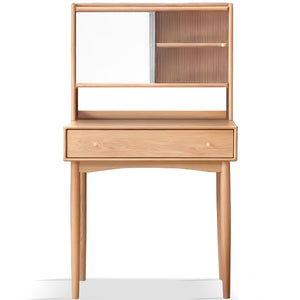


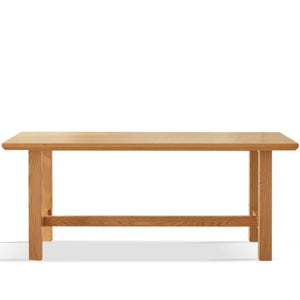
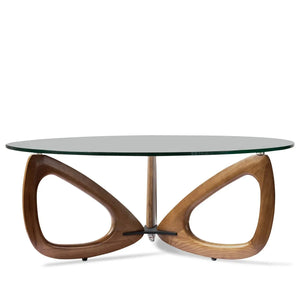

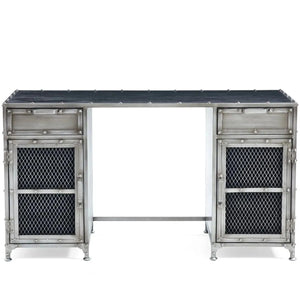
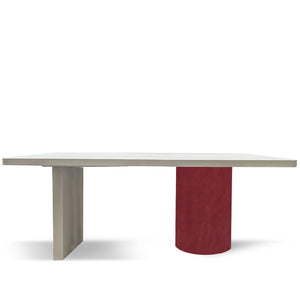

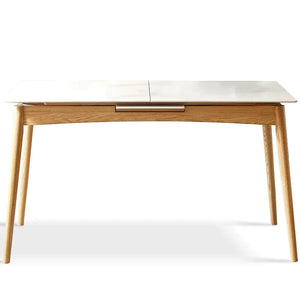
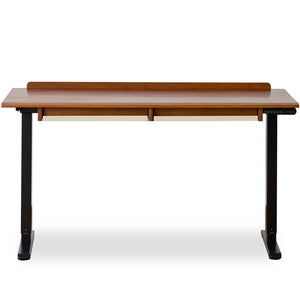
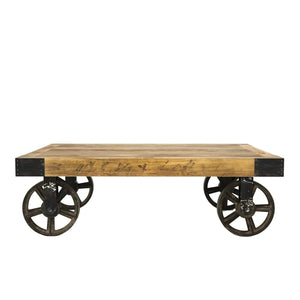
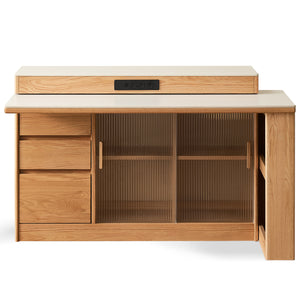
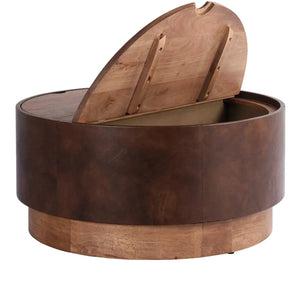
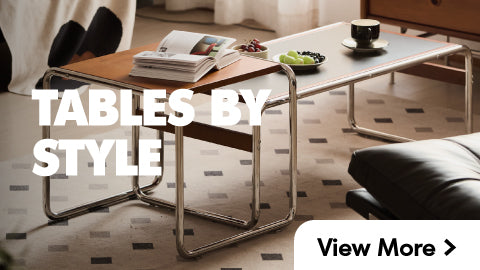
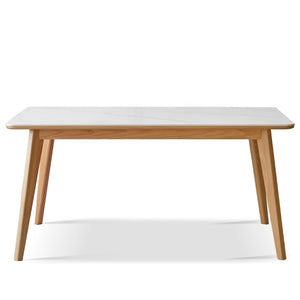
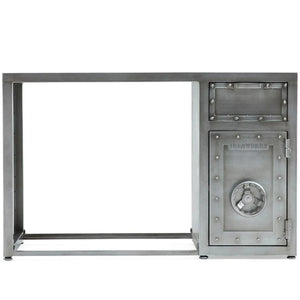
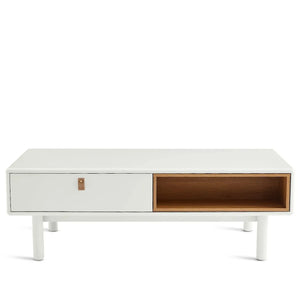
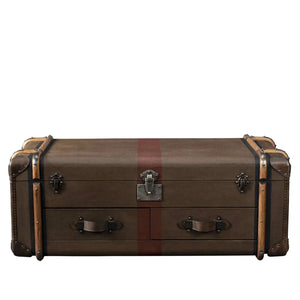
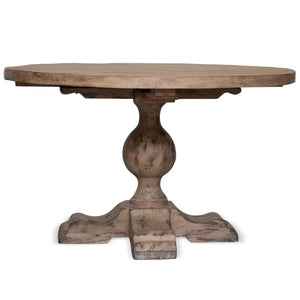

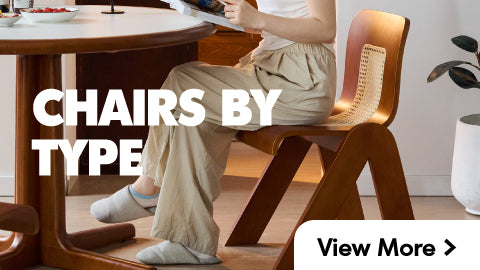
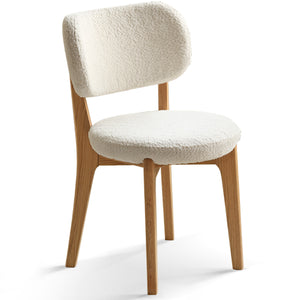
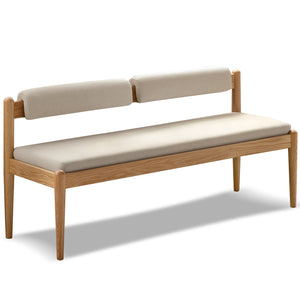
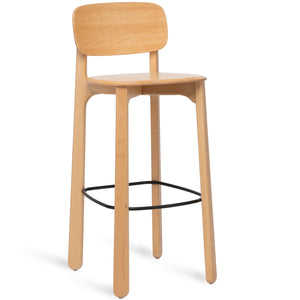
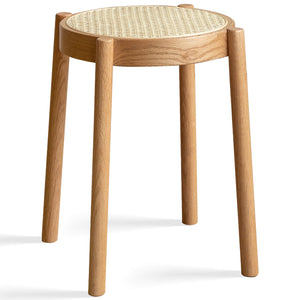

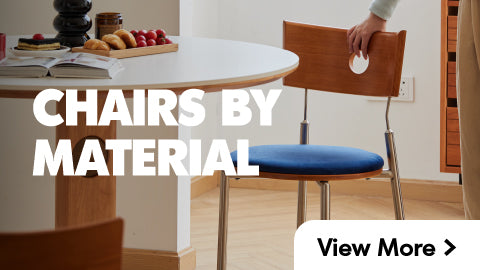
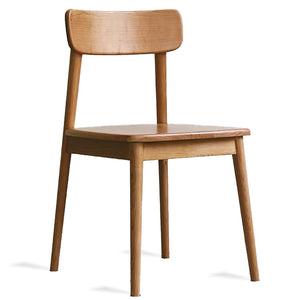
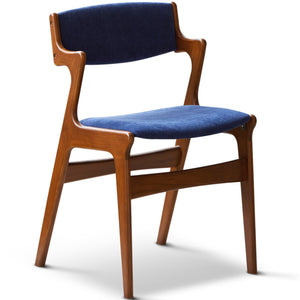

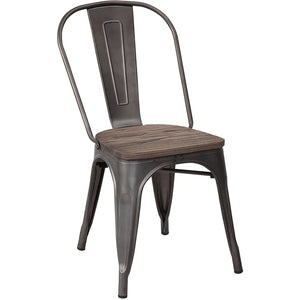
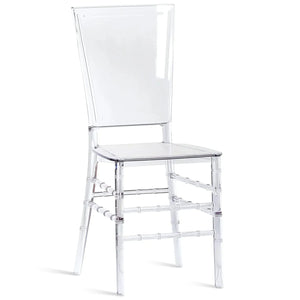
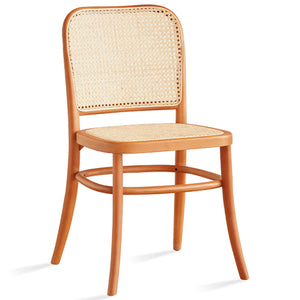
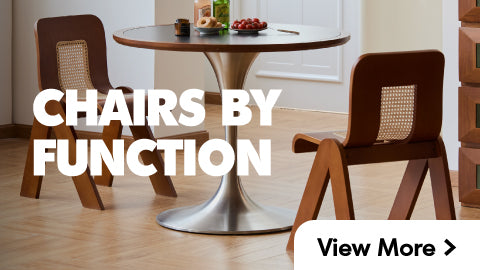


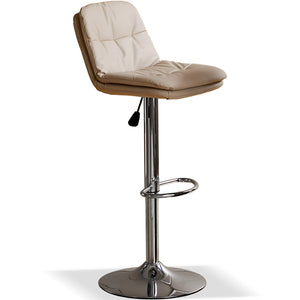

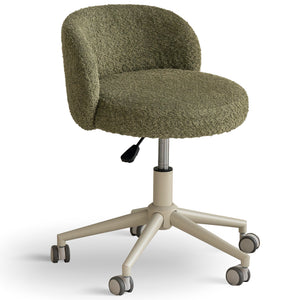

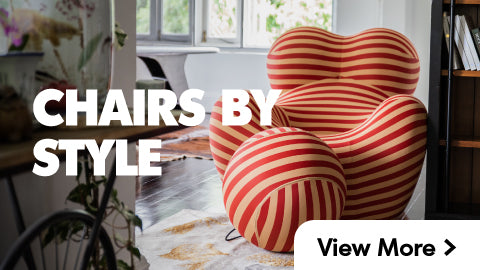
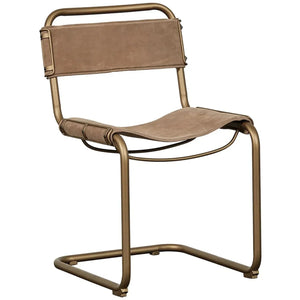
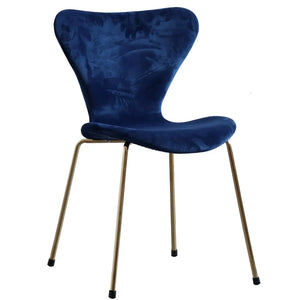
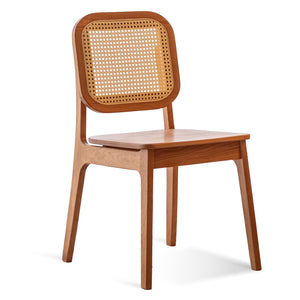
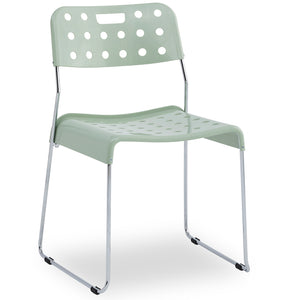
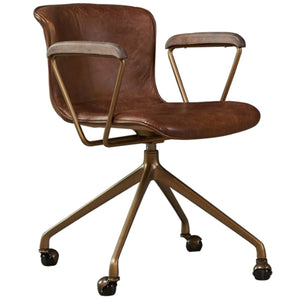


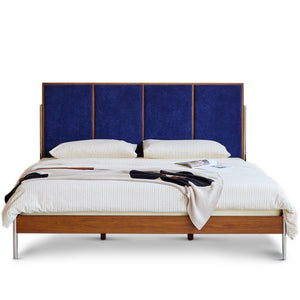

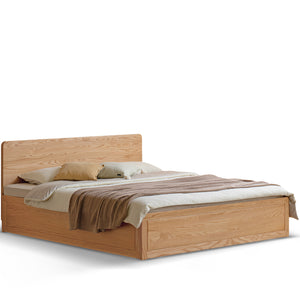
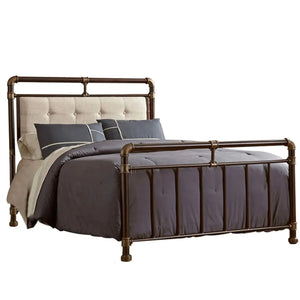
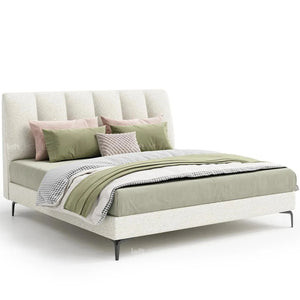
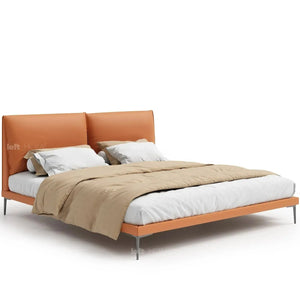
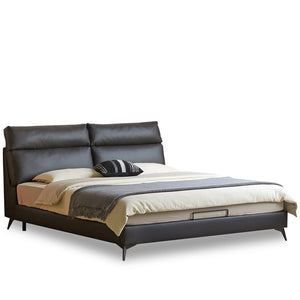
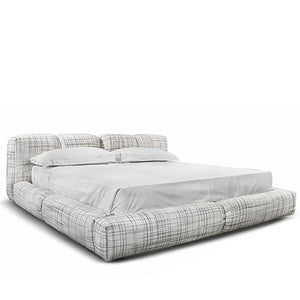

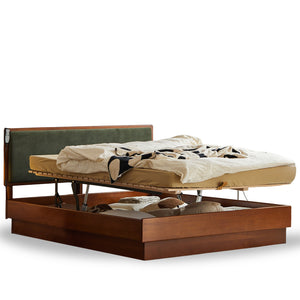
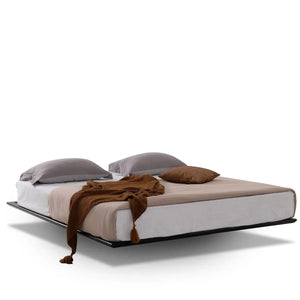
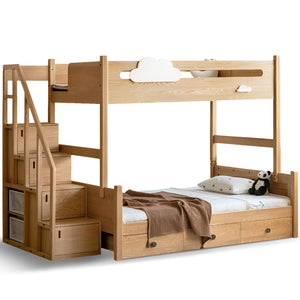
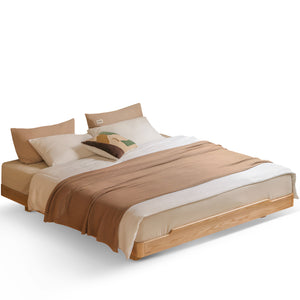

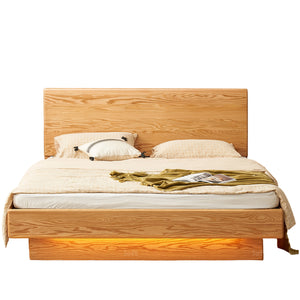

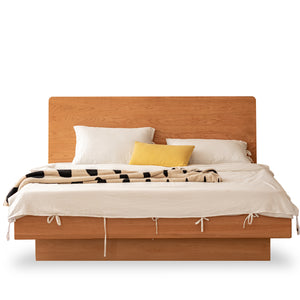
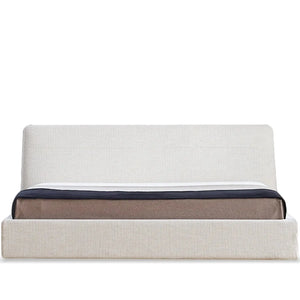


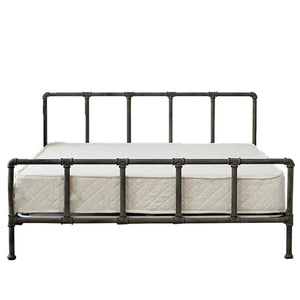
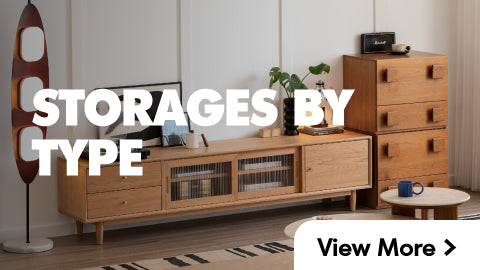
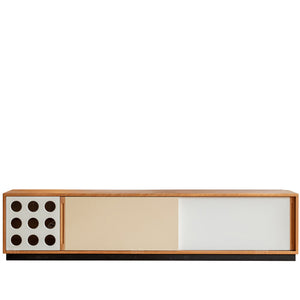

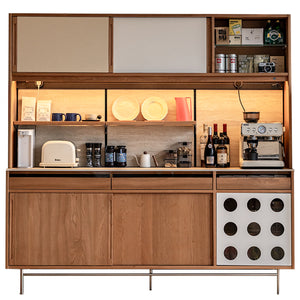
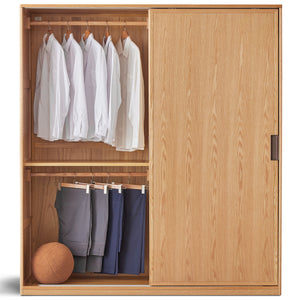
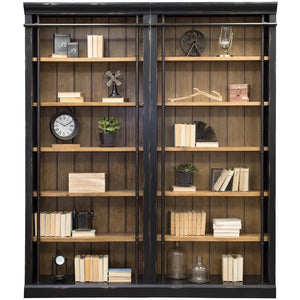
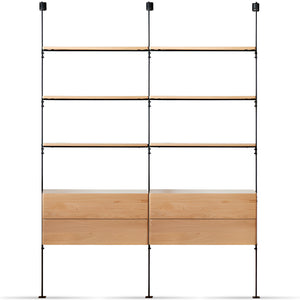
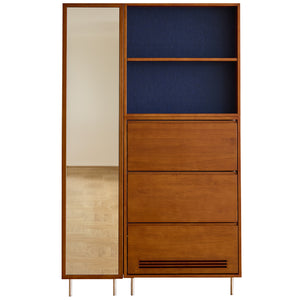

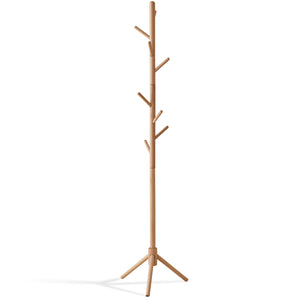

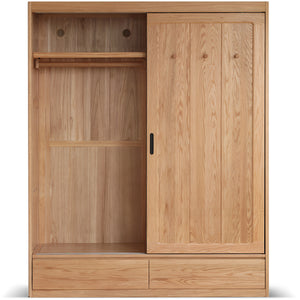
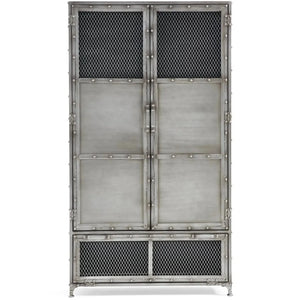
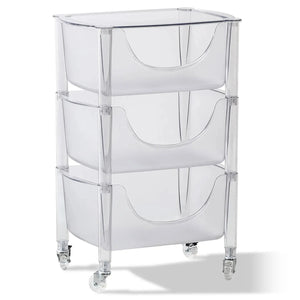

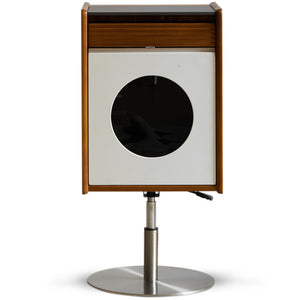
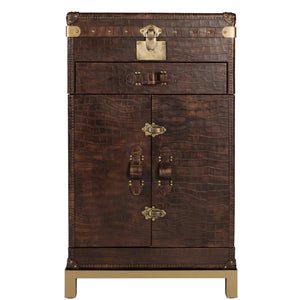


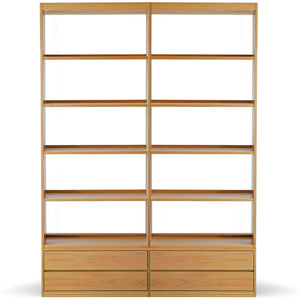
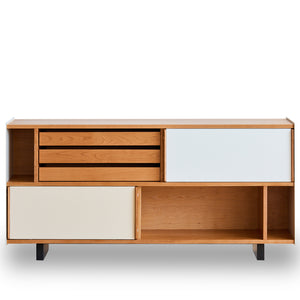
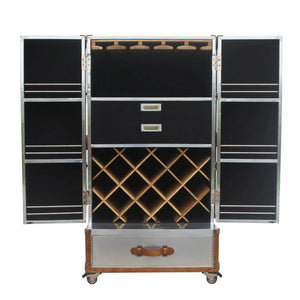
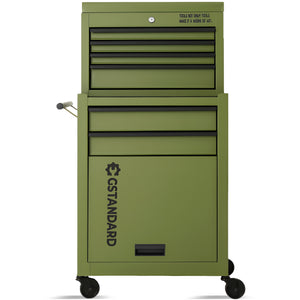
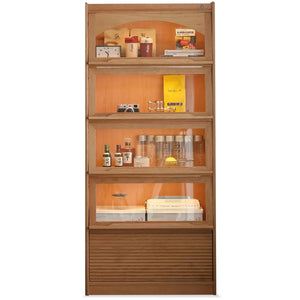

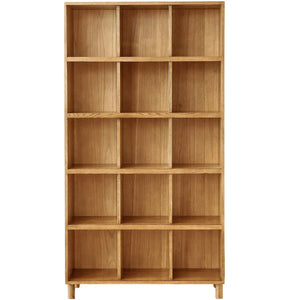
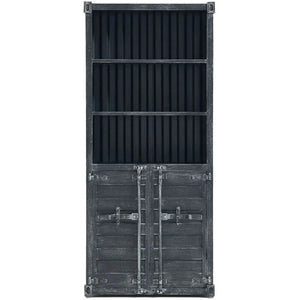
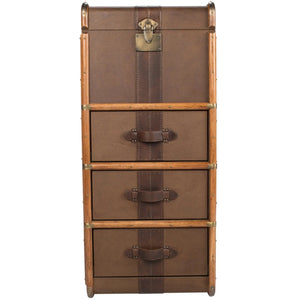
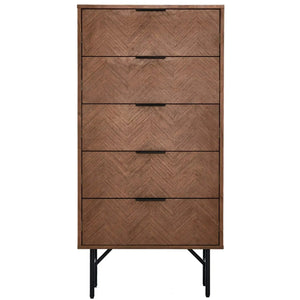
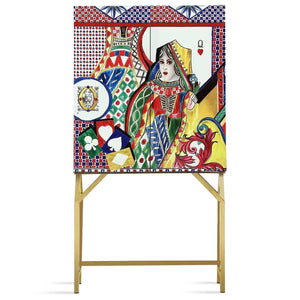
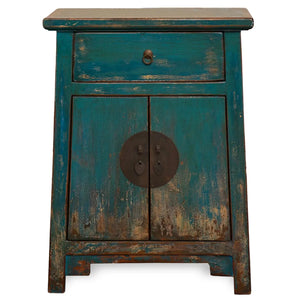


























































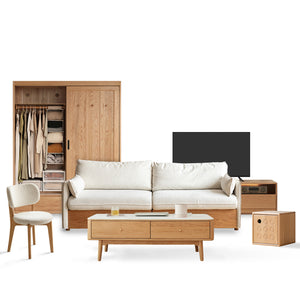
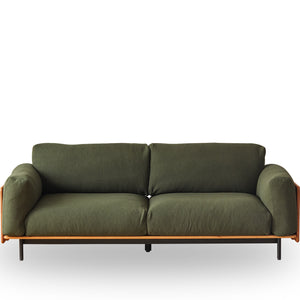
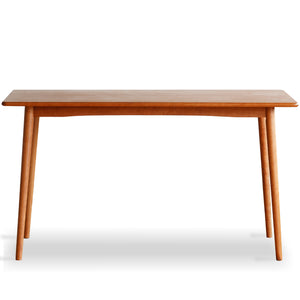
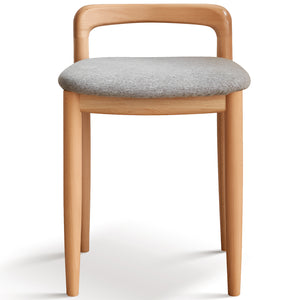
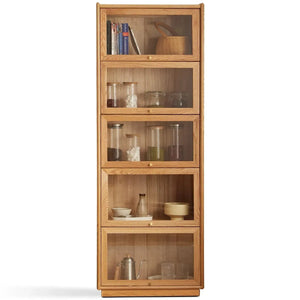
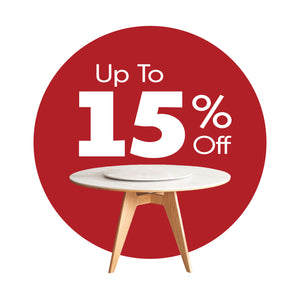

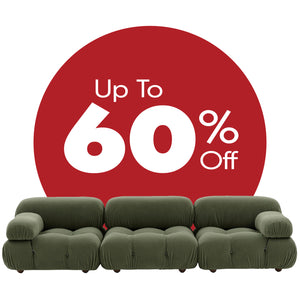
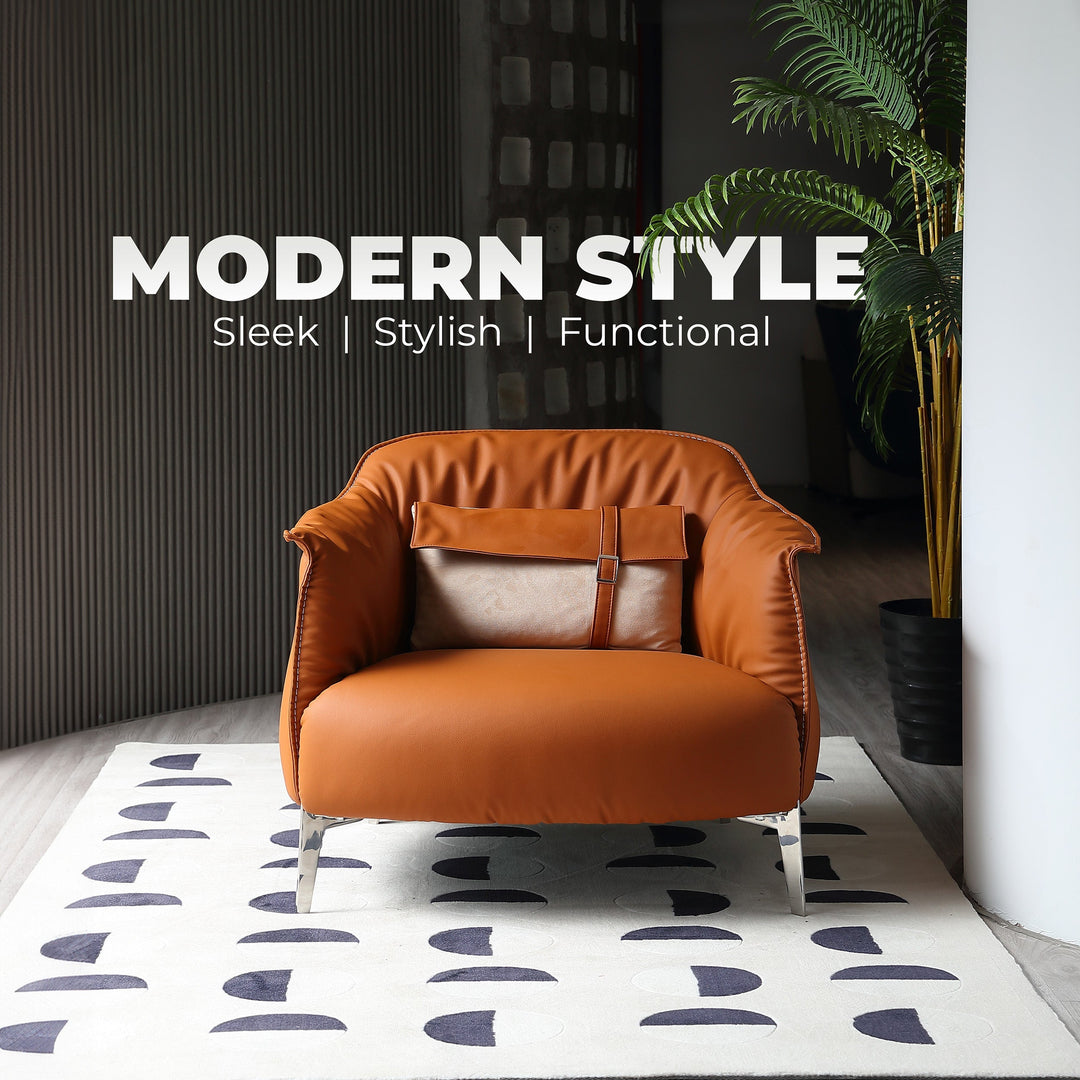
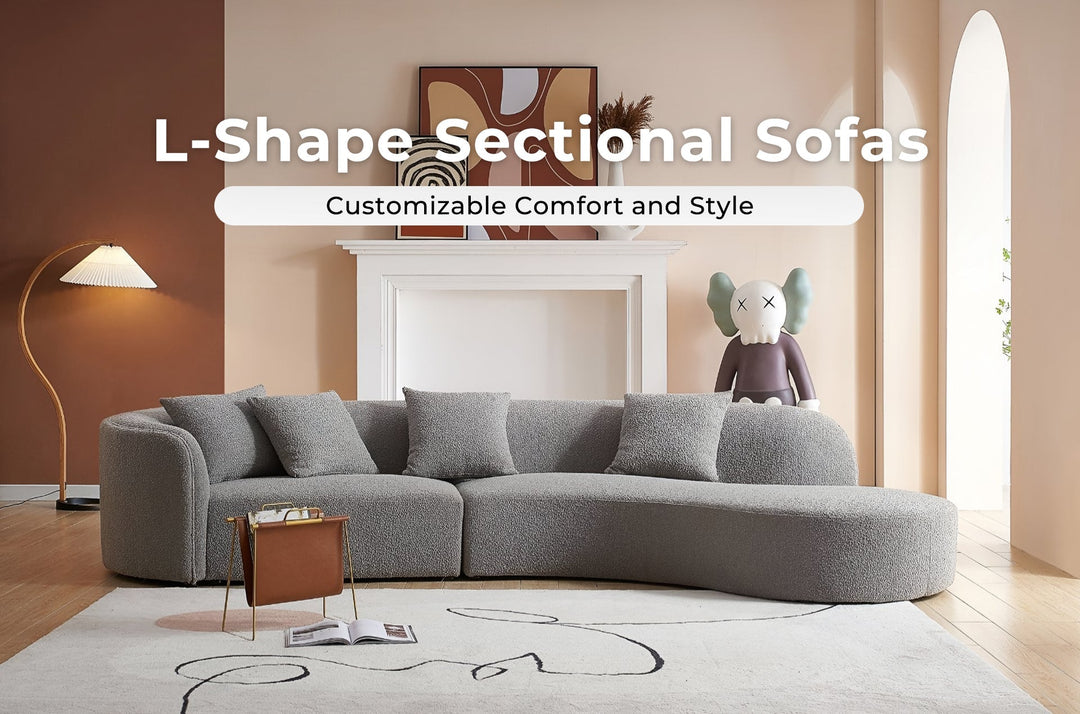

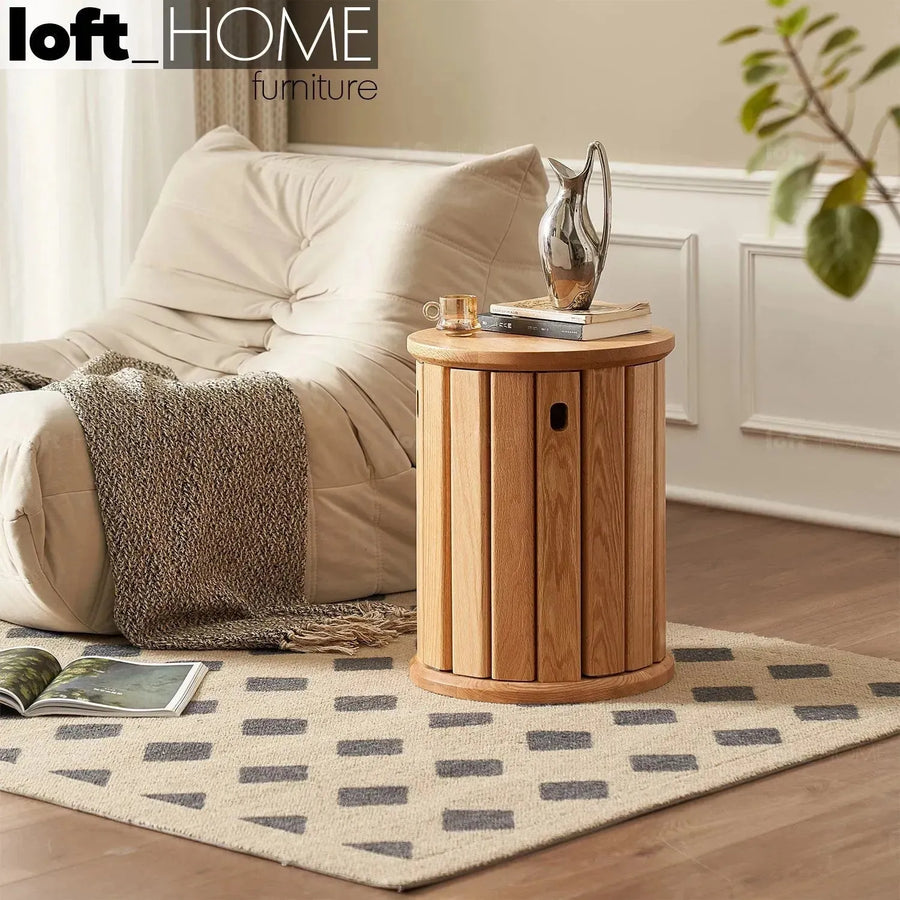
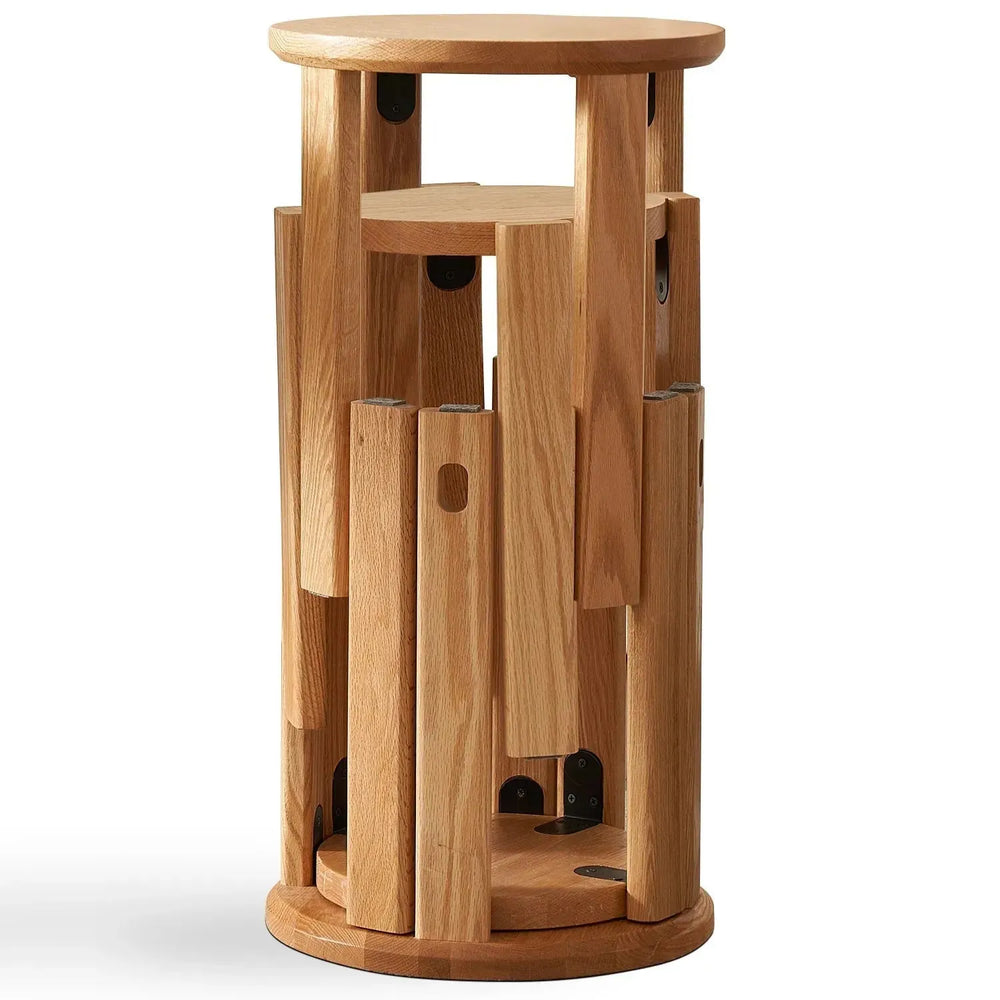



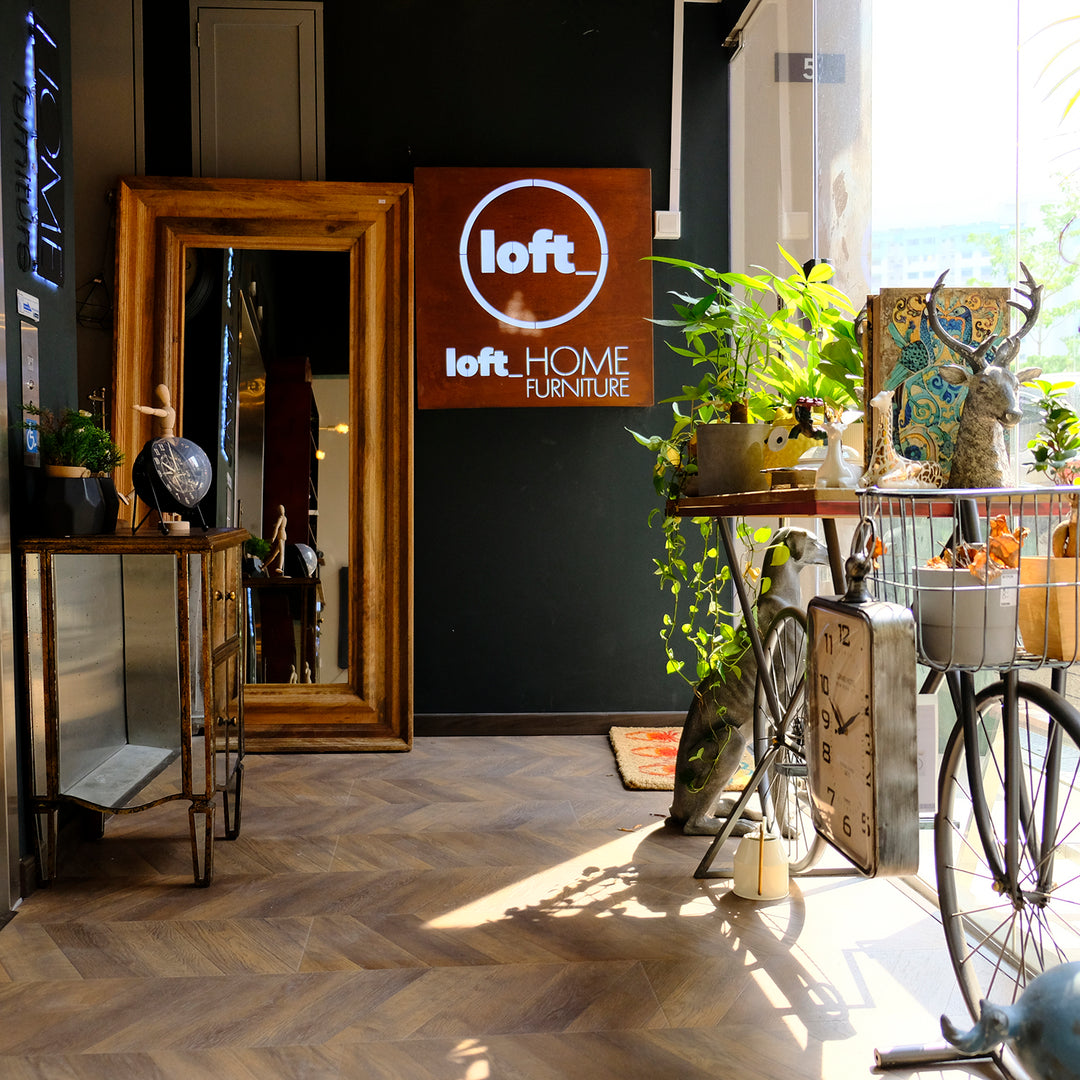
Leave a comment